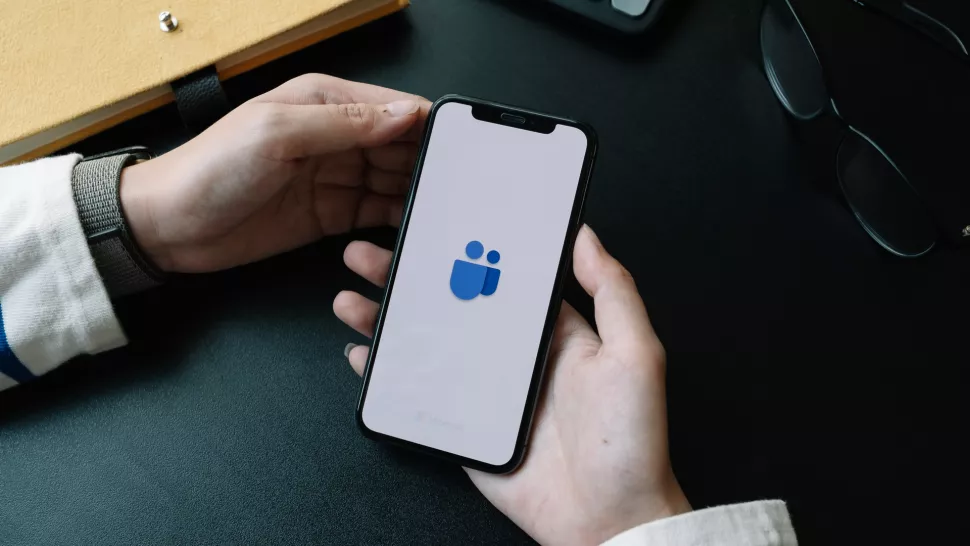
15 Feb Microsoft Teams is no longer such a battery hog
Microsoft Teams is no longer such a battery hog
Making calls on Microsoft Teams is no longer a massive drain on your PC or laptop, the company has claimed.
The video conferencing software now requires up to 50% less power to run during “energy-intensive” scenarios such as multi-person meetings than it did 18 months ago, Microsoft has revealed.
This is thanks to a series of changes and optimizations that should mean an end to battery-sapping video calls that can leave remote workers scrambling for their charger, or being forced to go on mute as their work laptop fans kick into overdrive.
“One of the challenges brought on by the ubiquity of Teams is the need to create equitable experiences across an incredibly diverse Windows device ecosystem,” Microsoft’s Robert Aichner wrote in a blog post outlining a series of improvements made since June 2020.
Aichner noted that the moves should also allow users on low-end devices to have a much better experience running Microsoft Teams, meaning no one should suddenly drop out on calls, and ensure Teams meetings are as energy-efficient as possible, regardless of setup.
This has been a long process, with Microsoft continuing to optimize Teams as user numbers boomed during the pandemic amid work from home orders.
This has included camera optimization tools to reduce the demands on using video in meetings, with tweaks such as improving configurations, reducing code complexity for auto-exposure, auto-white balance, auto-aliasing, resulting in power draw reduction from the onboard camera and stability enhancements, and face detection processes.
Microsoft has also consolidated and improved video rendering, particularly in multi-person video meetings where different participants may join with wildly different video streams due to variations in hardware. This initially meant that a nine-person call using a 3×3 video grid required nine distinct rendering operations, but Microsoft combined the streams and composed them into a single video, significantly reducing the power requirements for each device used.
More recently, Microsoft Teams has also been allowed to tap into a device’s GPU to support improved rendering performance, which has recently been expanded to the user’s video preview as well.
Managing your IT landscape so you don’t have to
We are a Cloud services provider, so we understand the apprehension that many feel before making the leap to Cloud computing. We take the reins when conducting your transition, allowing your company to enjoy the advanced opportunities it has to offer. We are proud to provide top quality services to our customers, preventing business disruption that can be caused by tech problems. We can assist you in deciding what approach is best for you, a full transition to Cloud computing and all the positives that come with it, an on-premise managed solution, or a hybrid of the two – whatever the case we will be sure to establish the right solution for you. Alongside our expertise in Cloud computing, our experienced and knowledgeable team at Apogee Solutions perform proactive monitoring of servers and workstations, fixing problems remotely, and dealing with security issues.
Get in contact now and see how – with the right tools, and education around their use – you and your team can take your next step into the future of IT.
Source: https://www.techradar.com/news/microsoft-teams-will-no-longer-suck-up-so-much-of-your-battery-life


